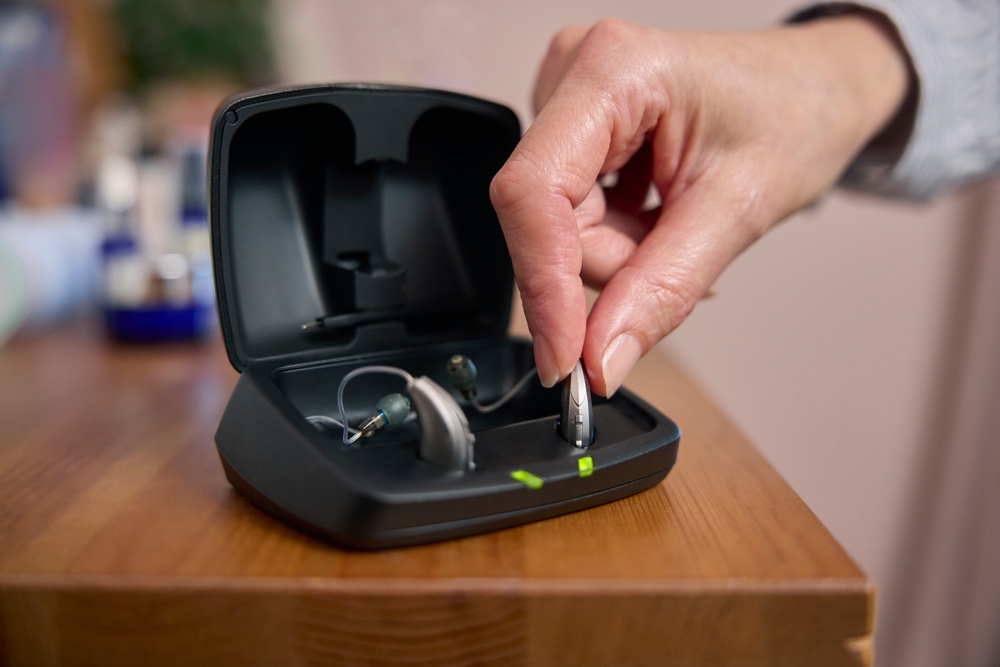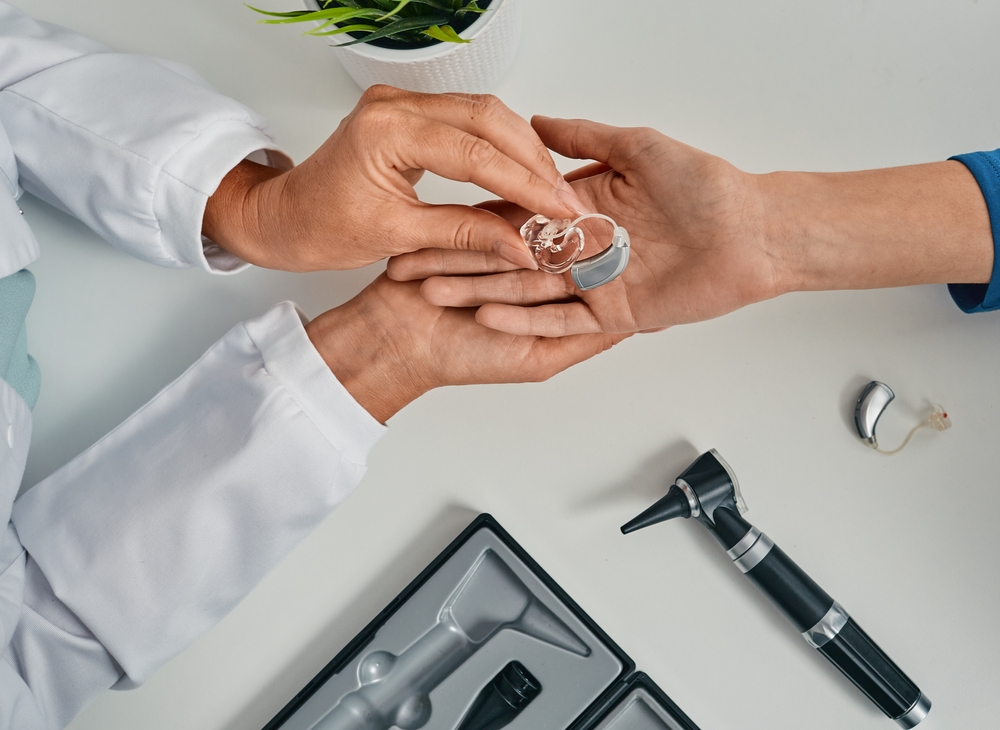Hearing aid technology has improved at a lightning pace. One of the latest potential breakthroughs is in the robotics field. A team studying interactions between robots and humans has developed a sensor that detects sound frequencies. This is important because the inability to discern sounds at certain frequencies is what leads many people to wear hearing aids. Robotics may one day help treat hearing loss and improve the quality of life of hearing aid wearers.
What are sound frequencies?
Sound frequency is the measure of the pitch of a sound, which is considered high or low. A bird chirping is a high frequency sound and a tiger’s growl is considered a low frequency sound. Sound frequencies are measured in hertz, abbreviated Hz. Most of us hear sounds between about 250 and 6,000 Hz.
Why are sound frequencies important?
Individuals with healthy hearing can hear sounds between 20 and 20,000 Hz. The sounds that make up human speech come in different frequencies, so it’s important for us to hear a wide range of frequencies. For example, consonant sounds have a high frequency, including the letters s, f, and h. These letters are spoken at 1,500 to 6,000 Hz, which is much higher frequencies than vowel sounds spoken at 250 to 1,000 Hz.
Most people who experience hearing loss have trouble discerning high-frequency sounds, even if those sounds are loud. Issues such as inner ear damage can distort these sounds. Individuals with hearing loss will struggle mightily when there is a great deal of background noise, such as conversations at the dinner table or a crowded restaurant.
Low-frequency hearing loss is much less common, but it does happen. Individuals with low-frequency hearing loss may not require treatment, but they may also struggle to hear in noisy situations.
What is robotics?
When you think of robots, you may think of androids in TV shows, movies or book characters. In fact, robots are a common part of our everyday lives. Robots build cars and other products in factories, and they explore the deep oceans and outer space where humans can’t go. Developing and improving robots is critical to maintaining our quality of life. Advances in robotics have the potential to provide new and exciting treatment options for individuals with hearing loss.
Robots have control centers that function like brains, and mechanical parts help them move. Robots also possess sensors that tell them what is happening in their environments. These sensors measure things like pressure and temperature so robots can make adjustments. New research in robotics has led to the development of sensors that can detect sound frequencies.
The research
Social robotics is a field in which researchers try to improve the way humans and robots interact. Ideally, humans and robots could simply talk to each other. One of the challenges is to create what amounts to “hearing aids for robots” so they can decipher human speech.
Researchers in China attacked this problem by creating a sensor that tells robots the frequencies of sounds around them. If humans need to hear and differentiate sounds at various frequencies to understand speech, then so do robots. The sensor these scientists developed is able to identify sound frequencies between 100 and 5,000 Hz. This is an astounding breakthrough, as most human speech falls within this range.
Once the sensor is tested further, this robotic technology can be incorporated into hearing aids. If a hearing aid had a sensor to identify sound frequencies, it could be tailored to fit the specific needs of the wearer by changing those frequencies to be more easily understood by the wearer. This technology could be a game-changer for enhancing hearing aid functionality, as well as improving the quality of life for individuals experiencing hearing loss.



